Robots spark social play in children with autism
Children with autism play eagerly with robots — and their social interactions with people improve as a result.
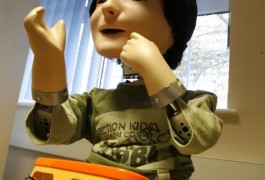
Children with autism play eagerly with robots — and their social interactions with people improve as a result.

Depression in mothers of children with autism may not be a consequence of their child’s condition, but of their own genetic profile, says a provocative new study.

Toddlers with autism take longer to build their vocabulary than do those who have only language impairment, according to a study published online in November. When matched by vocabulary level, however, the two groups use the same types of words and have the same grammatical skills.
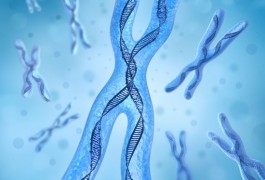
Individuals with a deletion in the 16p11.2 chromosomal region — which has been linked to autism in several studies — show features of autism spectrum disorders including language delay, according to a study published in October.
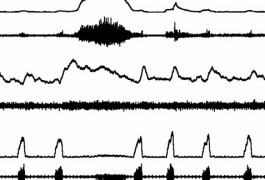
A controversial new approach that quiets the activity of certain neurons in the brain alleviates breathing difficulties in a mouse model of Rett syndrome, according to a study published 4 October in the Proceedings of the National Academy of Sciences.
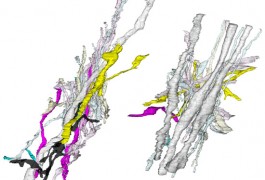
Changes in the bodies of neurons may account for communication deficits in the brains of people with autism, according to a study published 3 November in The Journal of Neuroscience.
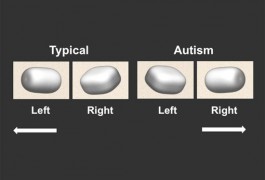
An analysis of brain scans correctly distinguishes between people with autism and controls more than 90 percent of the time, according to a study published today in Autism Research.
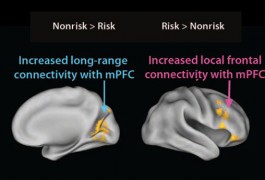
A variant of the autism risk gene CNTNAP2 may alter the brain to emphasize connections between nearby regions and diminish those between more distant ones, according to a study published 3 November in Science Translational Medicine.

Reducing the levels of CNTNAP2 — a gene implicated in both autism and language impairment — in zebrafish leads to a decrease in neurons that dampen signals in the brain, according to unpublished data presented Tuesday at the Society for Neuroscience annual meeting in San Diego.
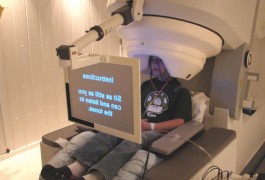
Children with autism have an imbalance of excitation and inhibition in the brain, according to the first study to measure synchrony between brain networks using magnetoencephalography (MEG). The findings were presented Wednesday at the Society for Neuroscience annual meeting in San Diego.